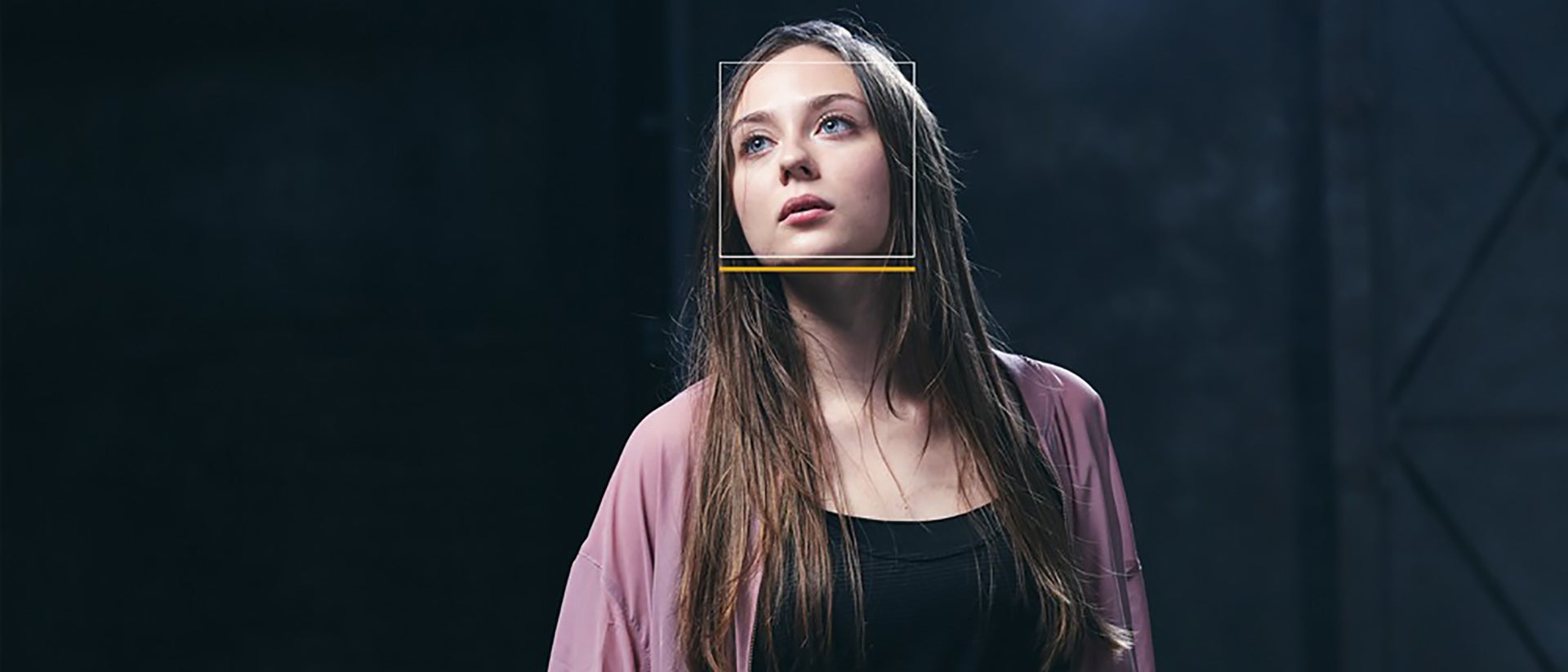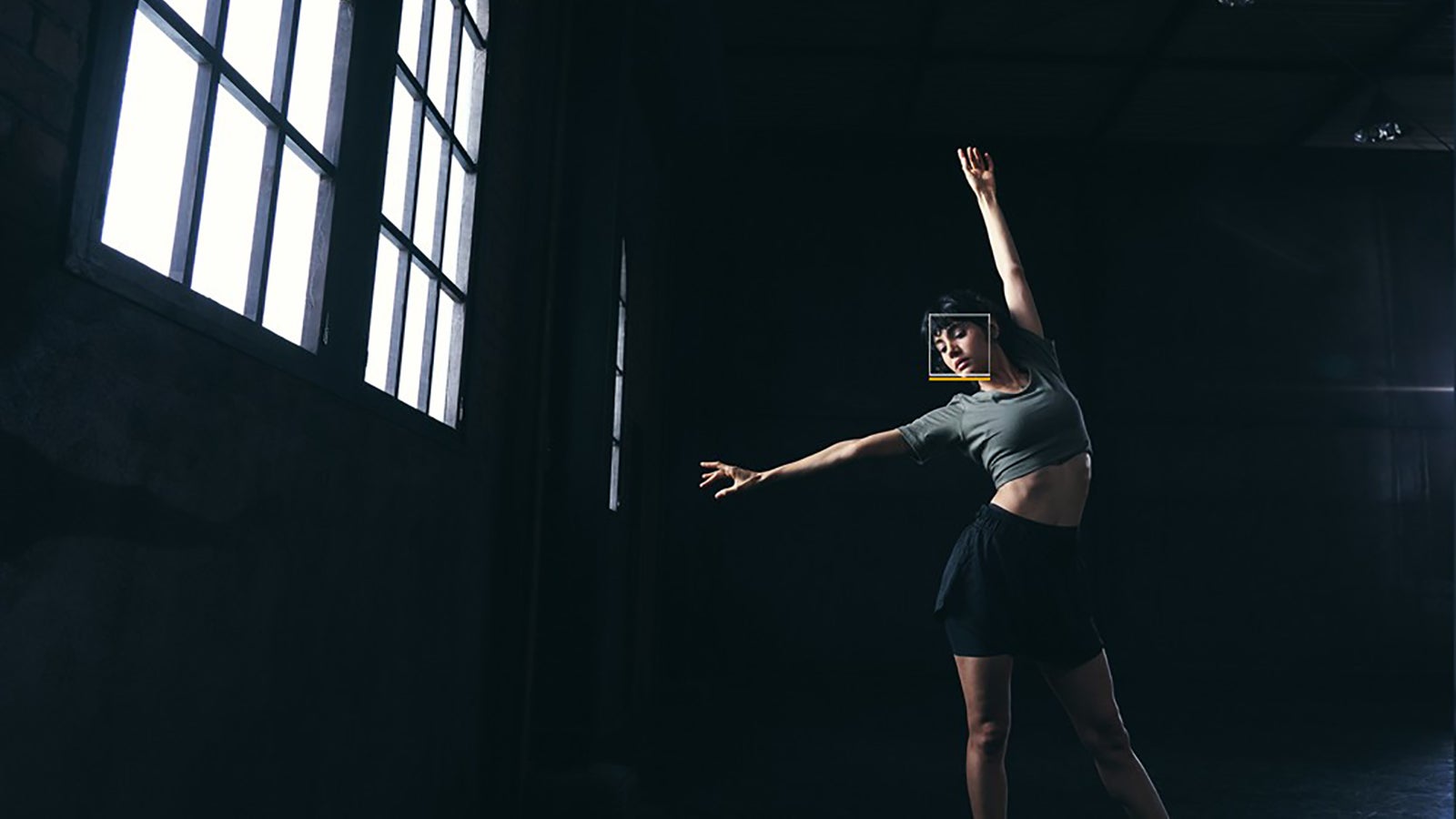
06-02-2021 - Gear, Technology
Tips You Need to Know When Using Autofocus on the Sony Cinema Line
By: No Film School
In collaboration with No Film School.
The Sony Cinema Line features autofocus technology from their popular Alpha mirrorless cameras. Here's advice to get the most out of it in the field.
When it comes to autofocus, one of the most significant advancements in the technology was the ability to perform phase detection on the image sensor itself.
Before then, phase detection required a separate sensor, and it would run into all sorts of issues like lagging or simply bad performance. Now that phase detection and contrast detection can be performed on the sensor level, autofocus has become much faster, reliable, and precise. Autofocus even touts AI technology to track faces, eyes, and animals in real-time.
What makes phase detection unique from contrast detection is that it's depth aware. It's able to easily track objects in the foreground, mid-ground, or background. Contrast detection simply cannot do that.
But what contrast detection offers is precision. By combining both phase detection and contrast detection, Sony shooters get the best of both worlds with its Hybrid AF technology.
Sony's Cinema Line, which includes VENICE, FX9, FX6, and FX3, all share (except VENICE) similar autofocus technology from the company's famed Alpha cameras. It's a big leap but a natural progression for Sony to start offering autofocus on higher-end cinema cameras where operators have traditionally relied on manual focus. With high-resolution video being readily available at fast frame rates, from a focusing perspective, it's not that easy to keep talent in focus shooting 4K 120p. Sony's Hybrid AF makes it possible, even in low-light situations, for single shooters to record tack-sharp images.
Let's take a look at some of Sony's AF technology features and how you can get the most out of them in the field.
Focus Area
The FX9 and FX6 have focus area options for wide, zone, and spot. With wide selected, it covers the entire screen. Selecting zone allows you to select a zone, and the camera will focus on that area. Spot allows you to move the focusing frame to a desired point on the screen and focus on an extremely small subject in a narrow area.
The FX3 takes a page from the a7S III and includes all three options above and also center fix and expand spot. Center fix focuses automatically on a subject in the center of the image, while expand spot is similar to spot focus but instead of focusing on a single spot, it focuses around the spot as a secondary priority area. This is good for when the autofocus cannot focus on a single point.
Using Spot Focus Area
With the FX9 and FX3, you can adjust spot focusing using the touchscreen. It's a similar method to the Alpha cameras. You simply press an area on the display, and it will focus on that area.
On the FX6, you will need to use the camera's joystick to control spot focusing. It's expected Sony will update the FX6 so it works similar to the FX9 and FX3 in a future firmware update.
Face Detection AF - Face Only Mode
Sony Hybrid AF offers some of the stickiest face detection available today, and it works well even in low light conditions. In the Face Detection AF menu, Sony has three options: Off, Face Priority AF, and Face Only AF.
The Off option is self-explanatory. With Face Priority AF, the autofocus prioritizes human faces as they move within the frame. Face Only AF only focuses on faces. This option is great for when a subject is entering and leaving the frame and you don't want the camera to focus on another object until the subject returns. This option is not available on the Sony Alpha cameras and can come in handy shooting documentaries or narrative work.

Face Detection AF Works Better Underexposed
When using Face Detection AF, if your exposure level is set too high, a face detection box may not appear on the subject. This happens when shooting in any mode or picture profile. If you find the display isn't showing any real-time face tracking, try lowering your exposure on your lens or even the ISO.
Simply put, Sony's Face Detection AF works better when the image is underexposed. When shooting S-Log3 or RAW, this won't be an issue, as you'll have plenty of latitude to adjust the exposure in post. It's more a tip to be aware of when shooting Rec.709 or S-Cinetone straight from the camera.
Focus Area (AF-S)
If you prefer operating the camera in manual focus, you'll still want to be aware of the AF-S function on the Sony Cinema Line. What it allows you to do is keep manually focusing the camera, but if you want a one-shot autofocus shot, the AF-S feature allows you to do that and control it using a flexible spot.
AF Transition Speed & AF Subject Shift Sensitivity
These two features go hand-in-hand and allow you to adjust the speed and responsiveness of the camera's autofocus.
AF Transition Speed has different levels from 1 to 7, with 1 being the slowest and 7 being the fastest. This function enables you to focus on a subject quickly. It's worth pointing out when changing the speed, you're not compromising any real-time tracking.
AF Subject Shift Sensitivity adjusts the sensitivity of how fast the autofocus moves from one subject to the subject in the frame. You can select from five levels, with 1 being locked on to 5 being the most responsive. You can think of AF Subject Shift Sensitivity like rack focusing. The lower the response level, the smoother and slower it will focus from one subject to another.
In our tests of the FX9 and FX6, performance was exceptional, and the focus looked most natural when the AF Transition Speed was set to 6 and the Subject Shift Sensitivity was set to 3. Obviously, you'll want to adjust those settings to your desired preference or for the visual story you're looking to tell.
Summary
When it comes to autofocus on cinema-style cameras, we are only in the infancy stage, and technology is only going to get better. The AI database for real-time tracking is going to get better, face detection is going to get stickier, and real-time tracking at different exposure levels is going to improve.
One thing to keep in mind as we see the next generation FX9, FX6, and FX3 come to market is the development cycle. The first-generation cameras were not all developed at the same time, so that's why we see slightly different functionality between the three cameras. With generation 2.0, expect them to draw even closer similarities in terms of autofocus capabilities.





